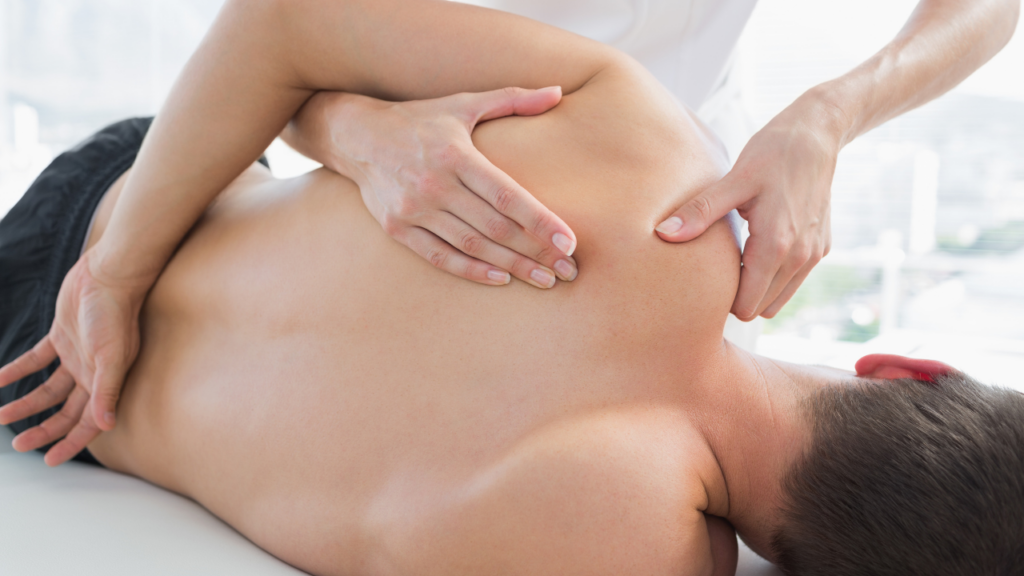
Orthopaedic care for seniors and aging adults is a critical component of maintaining health, mobility, and quality of life. As we age, our bones, joints, and muscles can become more prone to injury and degeneration, making orthopaedic care essential for preventing and treating a wide range of conditions.
Here are some of the most common orthopaedic conditions and treatments that seniors and aging adults may encounter:
- Osteoarthritis: Osteoarthritis is a common degenerative joint disease that affects millions of people worldwide. It is more common in older adults and can cause pain, stiffness, and limited mobility. Treatment options may include physical therapy, medication, joint injections, and joint replacement surgery.
- Fractures: Fractures are a common injury in older adults, especially in those with osteoporosis or other bone diseases. Orthopaedic care for fractures may involve immobilization with a cast or brace, surgery, and physical therapy to aid in recovery and prevent future falls.
- Spinal stenosis: Spinal stenosis is a condition where the spinal canal narrows, causing pressure on the spinal cord and nerves. This can result in pain, numbness, and weakness. Treatment options may include medication, physical therapy, and in some cases, surgery.
- Hip and knee replacement: Hip and knee replacement surgeries are commonly performed in older adults to relieve pain and improve mobility. These procedures involve replacing the damaged joint with an artificial joint made of metal and plastic.
- Rotator cuff injuries: The rotator cuff is a group of muscles and tendons that support the shoulder joint. Rotator cuff injuries are common in older adults and can cause pain and limited mobility. Treatment options may include physical therapy, medication, and in some cases surgery.
Orthopaedic care for seniors and aging adults may also involve preventive measures such as exercise, nutrition, and fall prevention strategies. Regular exercise can help maintain muscle strength, joint flexibility, and balance, while a healthy diet can support bone health and prevent bone loss. Fall prevention strategies may include modifying the home environment, wearing proper footwear, strengthening and balance exercises and practising safe movement transitions.
In addition to medical treatment, orthopaedic care for seniors and aging adults may involve emotional support and education. Seniors and their families may benefit from counselling and education on topics such as coping with chronic pain, managing medications, and planning for long-term care needs.
Pain management, education and more: How physiotherapists help with orthopaedic care
A physiotherapist can play a vital role in orthopaedic care for seniors. They specialize in the assessment and treatment of musculoskeletal conditions and can provide a wide range of therapies to help manage pain, improve mobility, balance and prevent further injury.
Here are some of the ways that a physiotherapist can help:
- Pain management: Pain is a common symptom of many orthopaedic conditions, and it can be debilitating, affecting a senior’s quality of life. Physiotherapists use various techniques, such as manual therapy, therapeutic exercise, and modalities like heat or cold therapy or acupuncture, to manage pain and improve function.
- Exercise prescription: Exercise is a critical component of rehabilitation for seniors. Physiotherapists can prescribe specific exercises tailored to the individual’s needs and abilities, targeting weak or painful areas and improving overall strength, mobility, and balance. These exercises can help prevent falls, improve joint function, and reduce the risk of future injuries.
- Gait training: Gait training is a type of therapy that focuses on improving walking patterns. Physiotherapists can assess gait abnormalities, such as limping or shuffling, and provide exercises and other interventions to improve balance, coordination, and walking speed.
- Balance training: Falls are a significant concern for aging adults, and physiotherapists can help improve balance and reduce the risk of falls. They can design balance training programs that include exercises to improve core strength, proprioception, and postural control.
- Manual therapy: Manual therapy involves hands-on techniques that target muscles, joints, and soft tissues. Physiotherapists may use manual therapy to improve joint mobility, reduce pain and inflammation, and enhance tissue healing.
- Education: Education is an essential part of rehabilitation. Physiotherapists can educate patients on their condition, proper body mechanics, safe movement techniques, and lifestyle modifications to reduce the risk of injury and improve overall health.
- Pre-operative and post-operative rehabilitation: Physiotherapists can provide pre-operative and post-operative rehabilitation to help seniors prepare for and recover from surgery. This may include exercises to improve joint mobility and strength, pain management techniques, and education on post-surgical care.
- Assistive devices: In some cases, seniors may benefit from assistive devices, such as canes, walkers, or braces, to aid in mobility and reduce the risk of falls. Physiotherapists can help select and fit these devices and provide education on their proper use.
Physiotherapists play a crucial role in orthopaedic care for seniors and aging adults. They can provide a wide range of therapies to manage pain, improve mobility, and prevent further injury, allowing seniors to maintain an active and independent lifestyle. If you or a loved one is experiencing orthopaedic issues, speak to a physiotherapist to learn more about the treatment options available.
.
Secrets to a successful exercise program courtesy of Kenaston Common Physiotherapy
Looking for a specific
exercise plan just for you?
Speak to your physiotherapist today!

